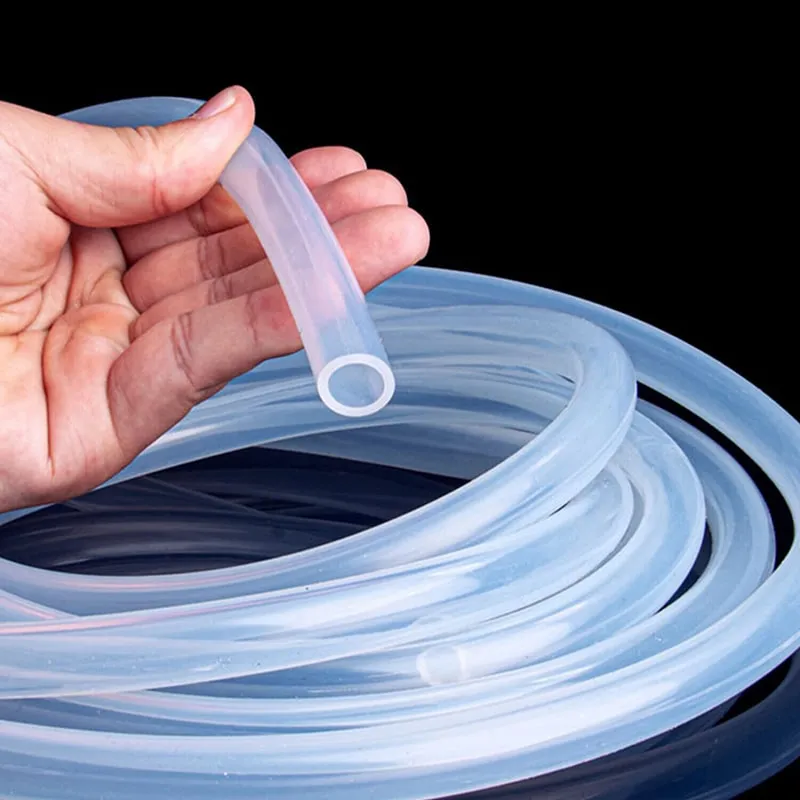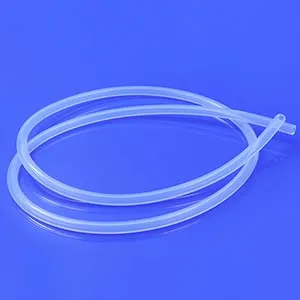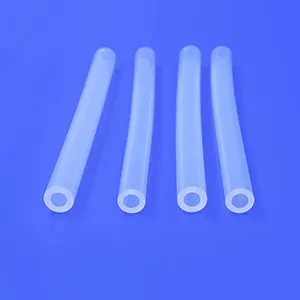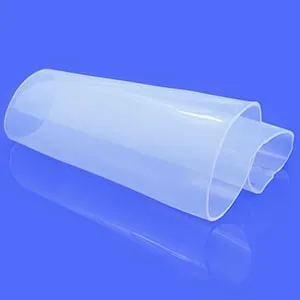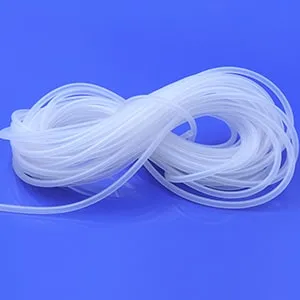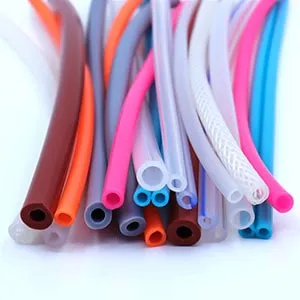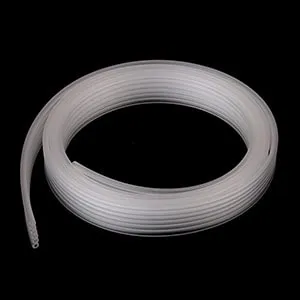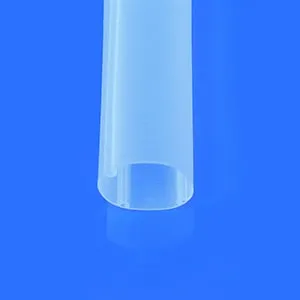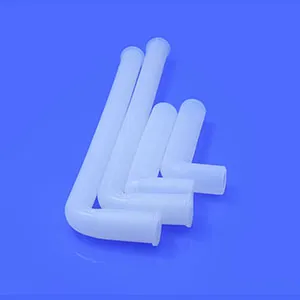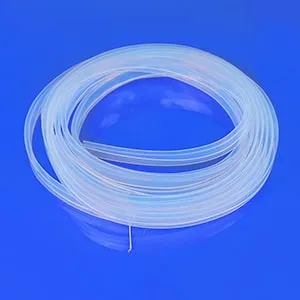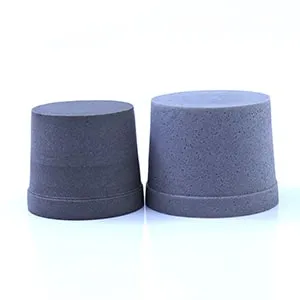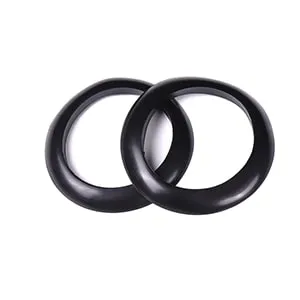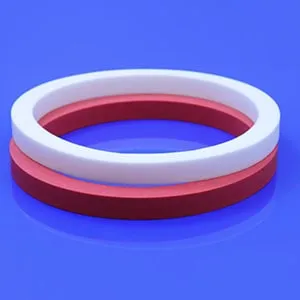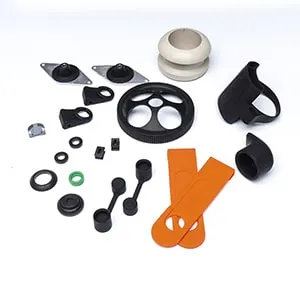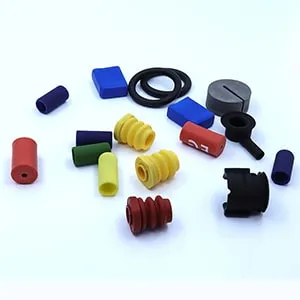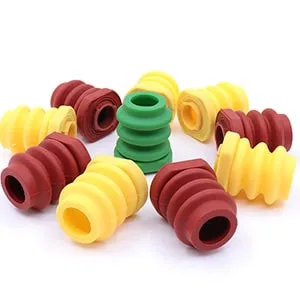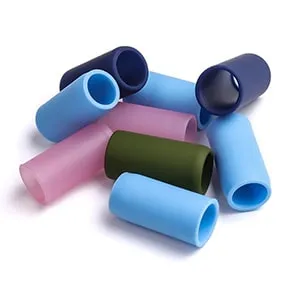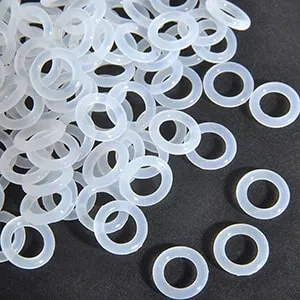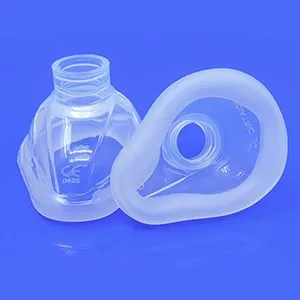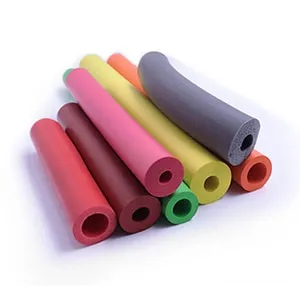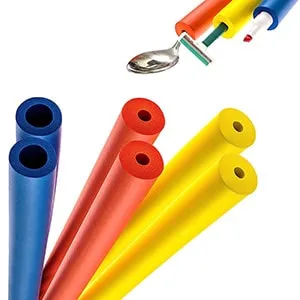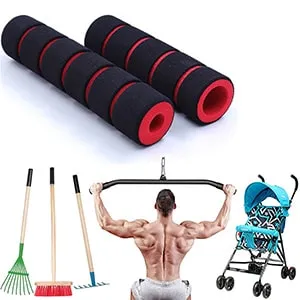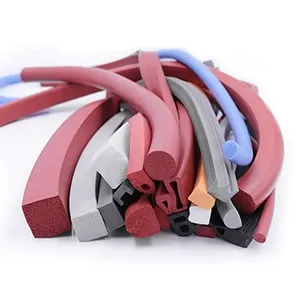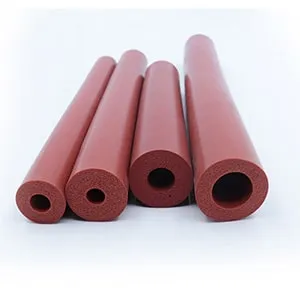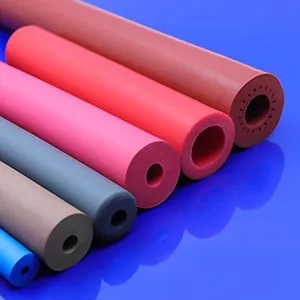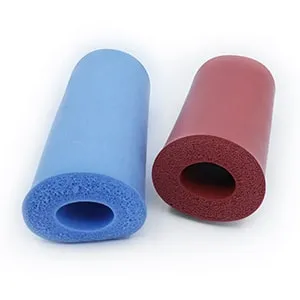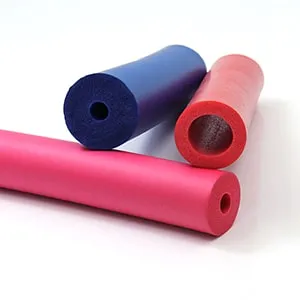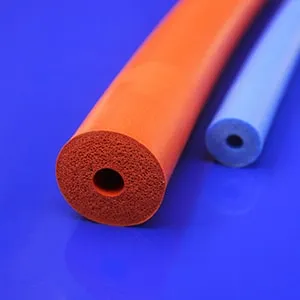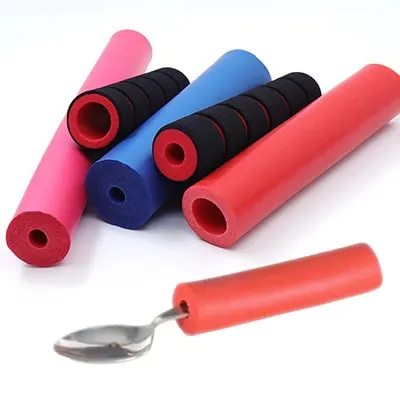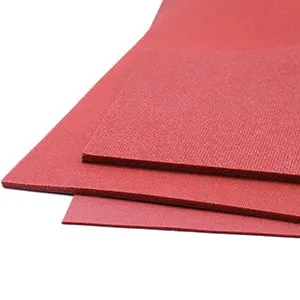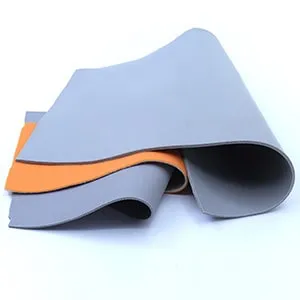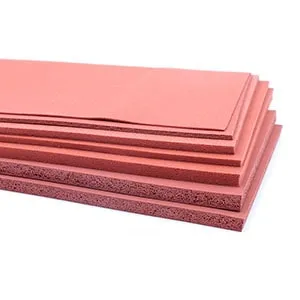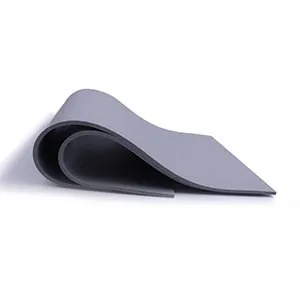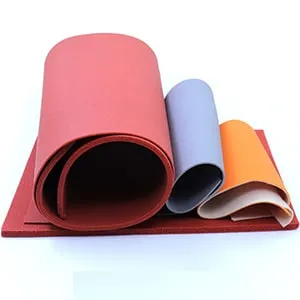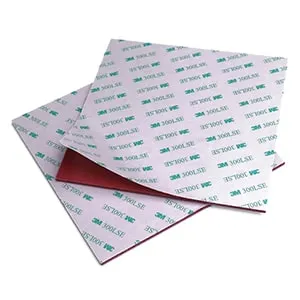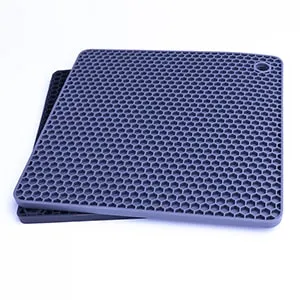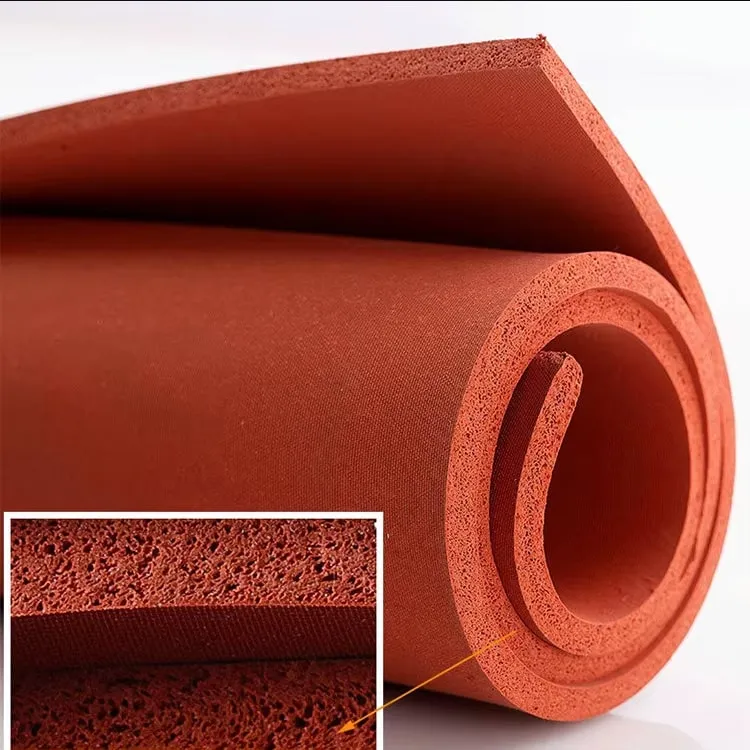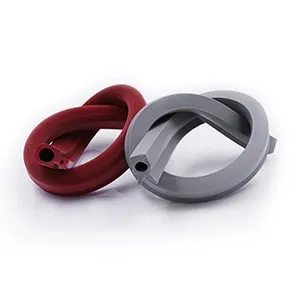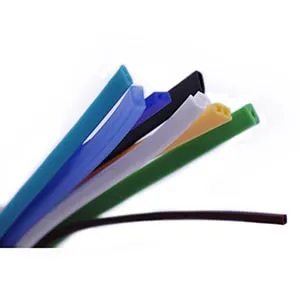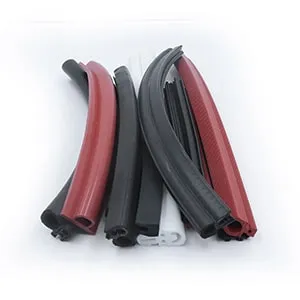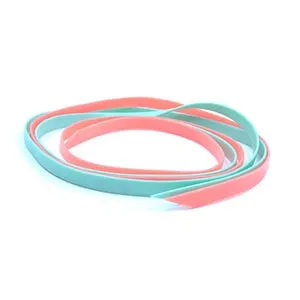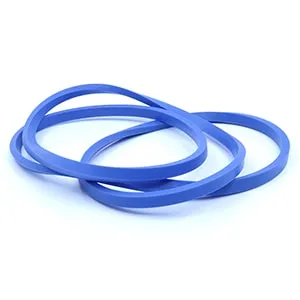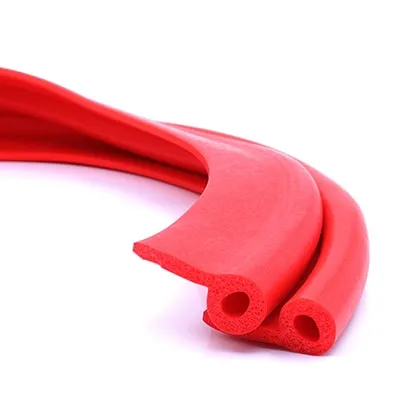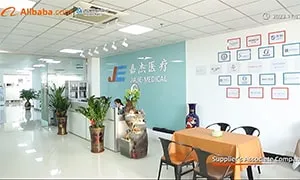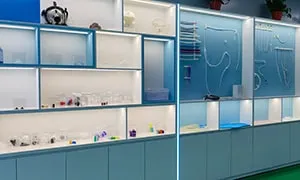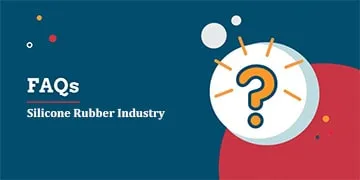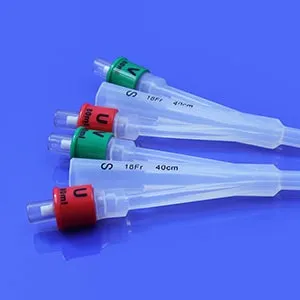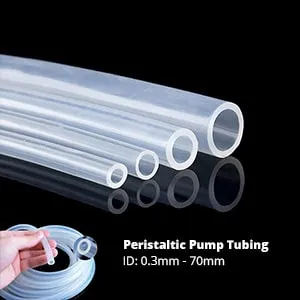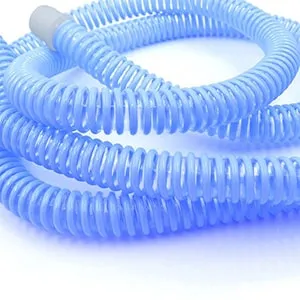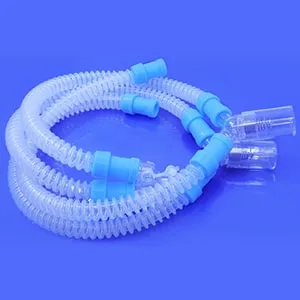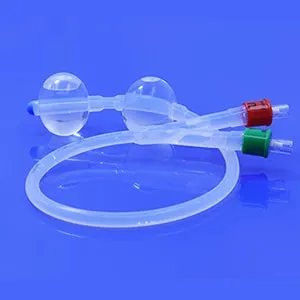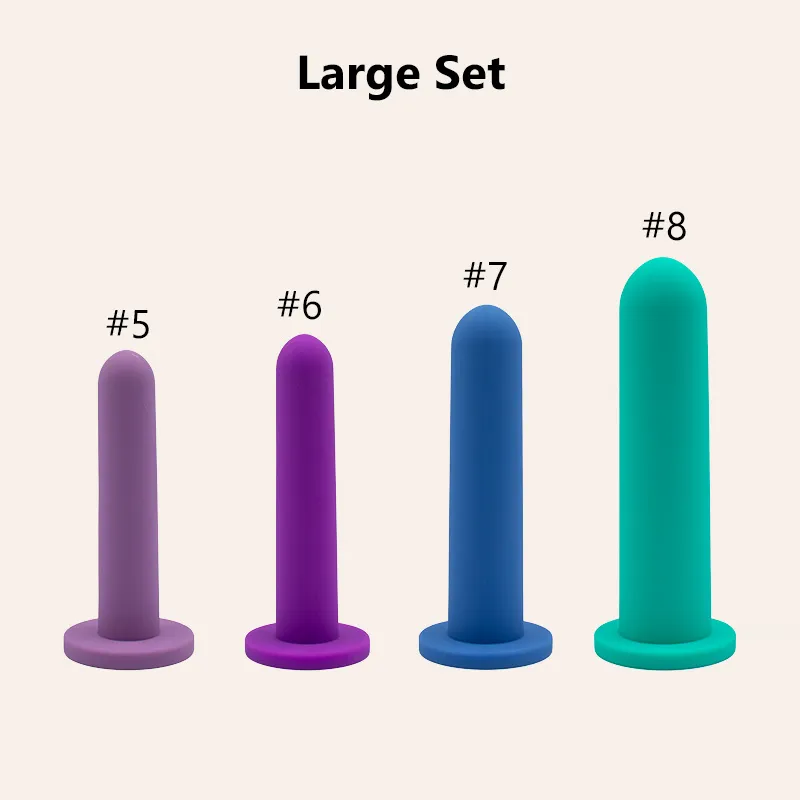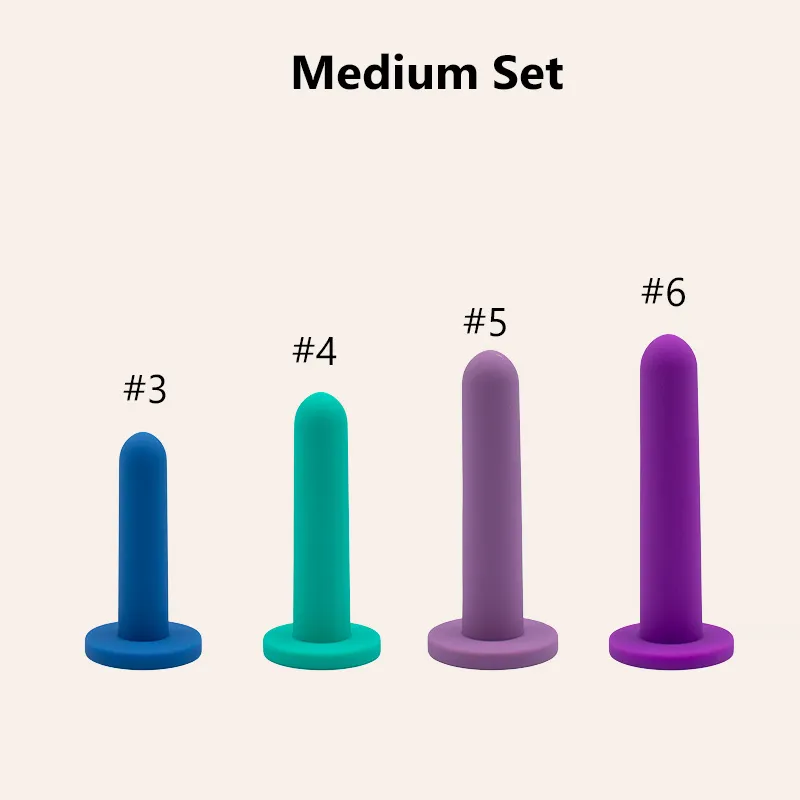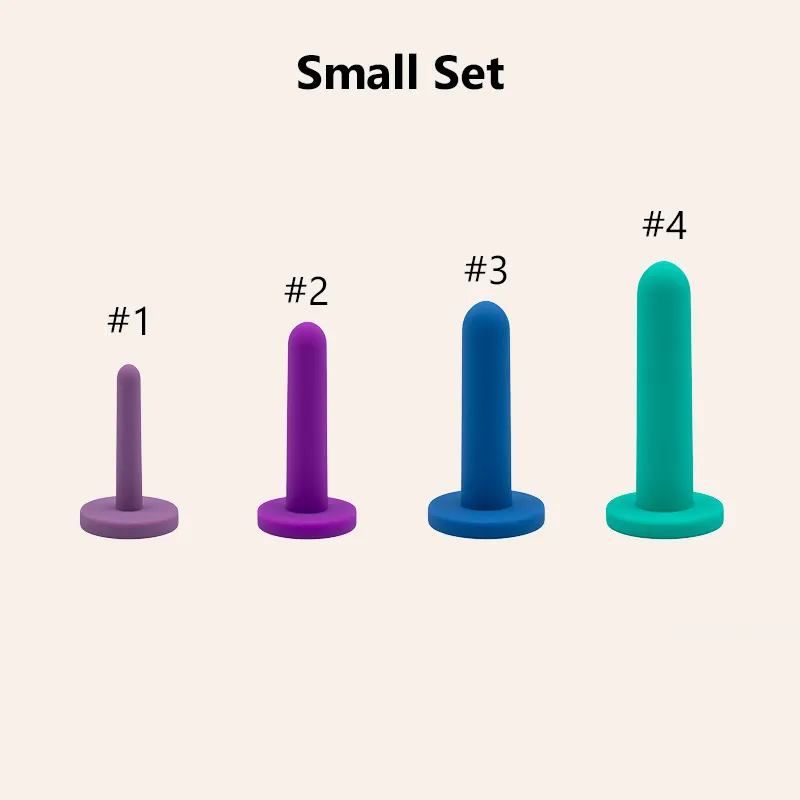How to Customize Silicone Products: A Step-by-Step Guide with Flowchart
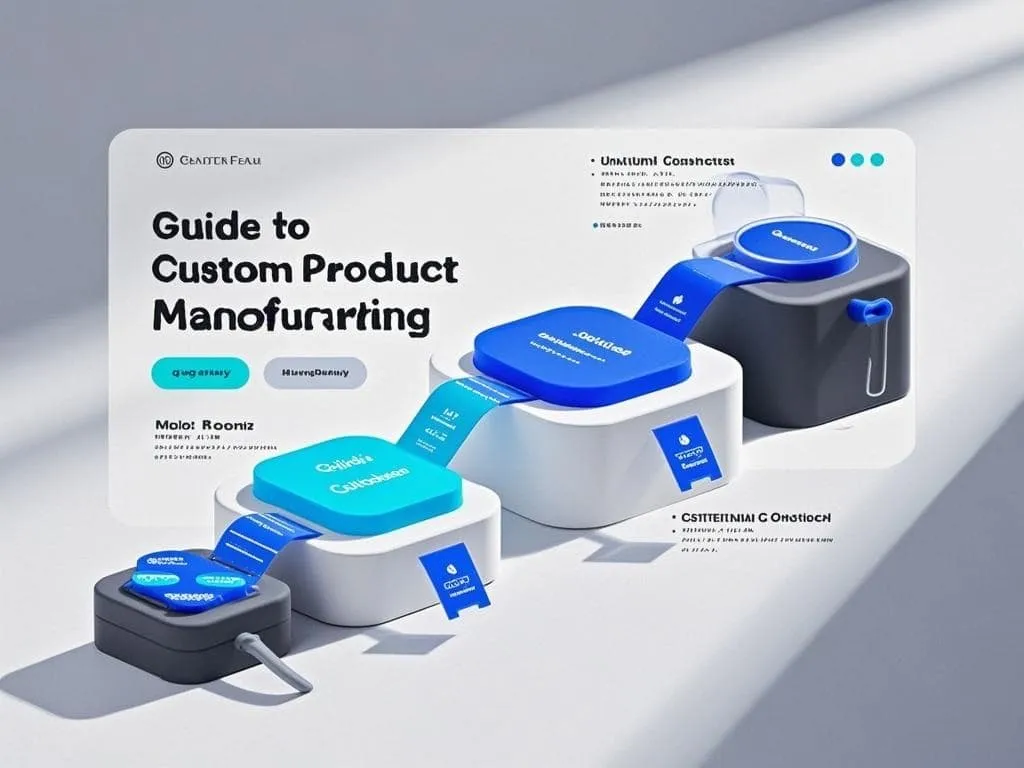
In today's fast-paced industrial landscape, silicone products have become indispensable due to their durability, flexibility, and biocompatibility. As a pioneer in custom silicone manufacturing with over two decades of experience and 10,000+ successful mold designs, we specialize in turning your concepts into reality. This guide provides an in-depth exploration of our proven 8-stage workflow, ensuring clarity for businesses seeking tailored silicone solutions. Whether you're in healthcare, automotive, or consumer goods, understanding this process empowers you to make informed decisions and achieve product excellence.
Flowchart: Silicone Product Customization Process
1. Requirement Analysis → 2. Concept Design → 3. Material Selection → 4. Mold Engineering → 5. Prototyping → 6. Testing & Validation → 7. Mass Production → 8. Quality Control → 9. Logistics → 10. After-Sales Support.
Stage 1: Requirement Analysis & Feasibility Study

The journey begins with a collaborative discovery phase where our engineers immerse themselves in your vision. Through structured interviews and market research, we identify critical parameters: intended use (medical-grade vs. industrial), environmental stressors (temperature ranges, chemical exposure), compliance requirements (FDA, RoHS), and aesthetic expectations. For instance, a neonatal hospital requiring ISO 10993-certified silicone pacifiers would necessitate food-grade liquid silicone rubber (LSR) with ultra-smooth finishes to prevent bacterial growth.
Simultaneously, our material science team evaluates technical constraints. Silicone's durometer (Shore hardness) must align with functional needs—a 40A Shore might suit flexible gaskets, while 70A could be ideal for ruggedized grips. We employ Finite Element Analysis (FEA) simulations to predict stress distribution in dynamic applications, such as silicone diaphragms in pneumatic systems. This phase culminates in a Technical Requirement Document (TRD) co-signed by both parties, establishing measurable benchmarks for success.
Stage 2: Product Design & Engineering
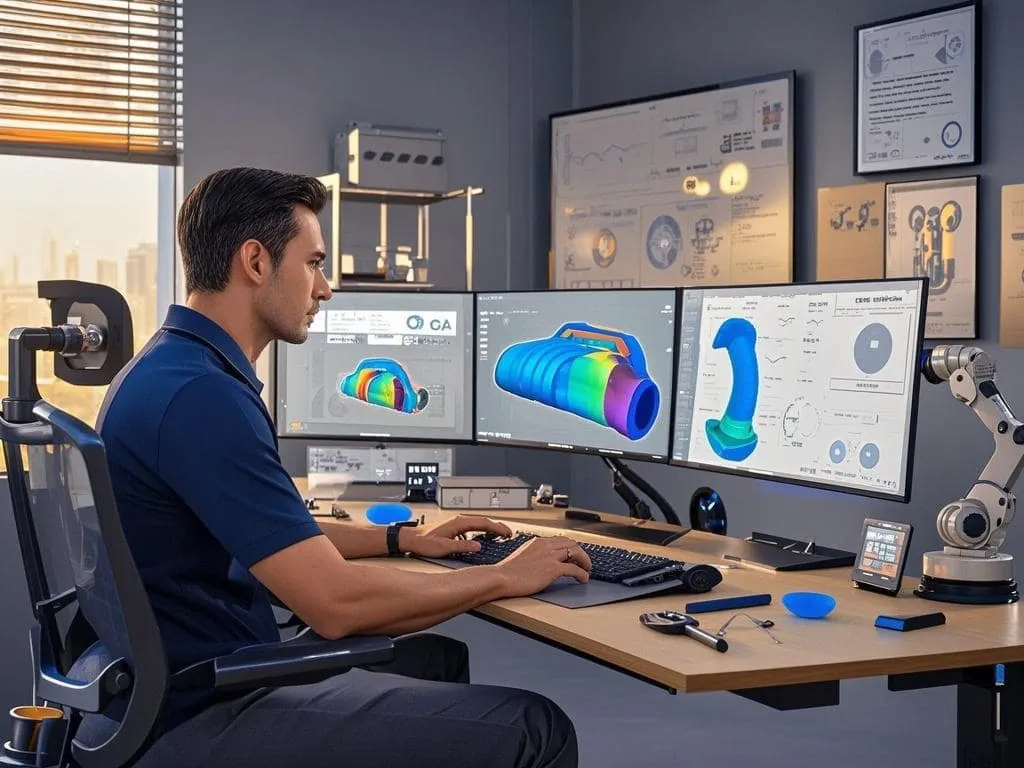
With requirements locked, our CAD specialists initiate 3D modeling using Siemens NX or SolidWorks, incorporating Design for Manufacturing (DFM) principles. A common challenge arises in wall thickness optimization—too thin (below 0.5mm) risks incomplete filling during injection molding, while excessive thickness (>5mm) prolongs cure times and increases material costs. For complex geometries like undercuts or living hinges, we employ collapsible core molds or sacrificial sections that are trimmed post-curing.
Prototyping follows, utilizing SLA 3D printers for concept validation and CNC-machined "soft tools" for functional testing. A recent project involved a silicone catheter with integrated pressure sensors; through iterative prototyping, we redesigned the lumen structure to prevent kinking while maintaining a 1.2mm outer diameter. Each iteration undergoes dimensional verification via coordinate measuring machines (CMM) and performance testing in simulated environments.
Stage 3: Precision Mold Design & Fabrication
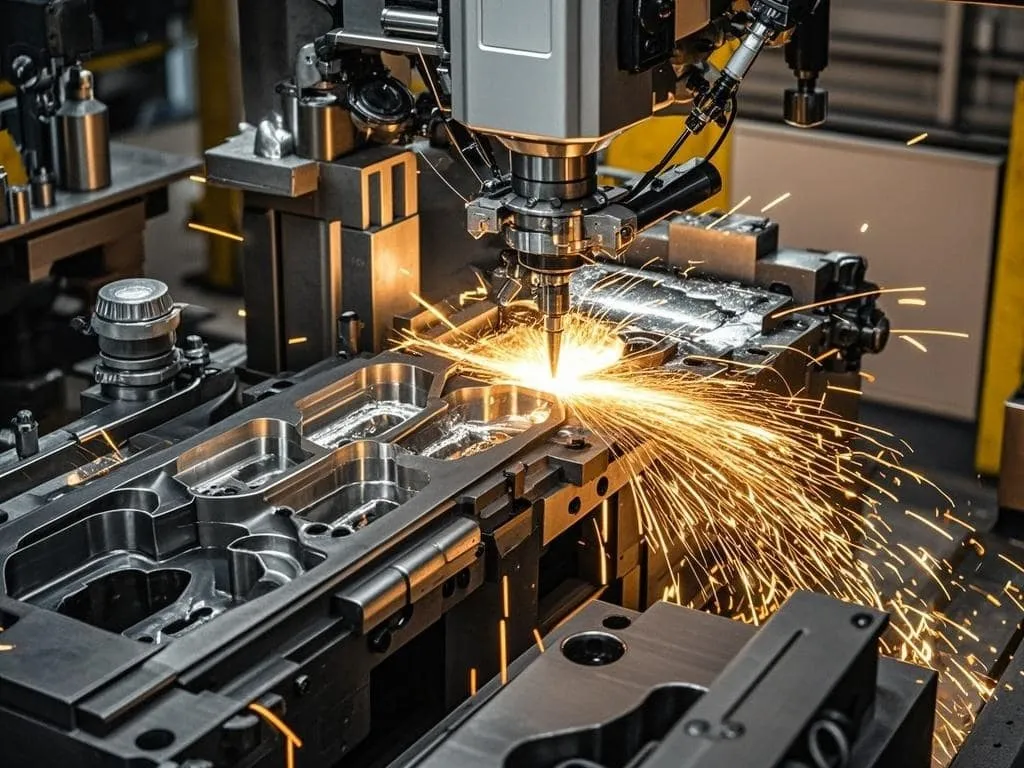
Mold engineering is where artistry meets precision. Our tooling department designs multi-cavity molds from P20 steel or aluminum alloy, factoring in shrinkage rates (typically 2–4% for LSR). Ejection systems are meticulously planned—angled lifters for undercuts, air-assisted ejection for delicate parts. A case study highlights a 128-cavity mold for microfluidic chips: we implemented conformal cooling channels following a Voronoi pattern, reducing cycle time by 22% while eliminating warpage.
Mold flow analysis using Autodesk Moldflow predicts filling patterns and potential weld lines. For a recent automotive seal project, adjusting gate locations from edge to submarine gates eliminated flow hesitation, achieving uniform density. Each mold component is hardened to 48–52 HRC and polished to SPI-A2 standards (Ra ≤ 0.025μm) to ensure glossy finishes without post-processing.
Stage 4: Sampling & DFM Validation
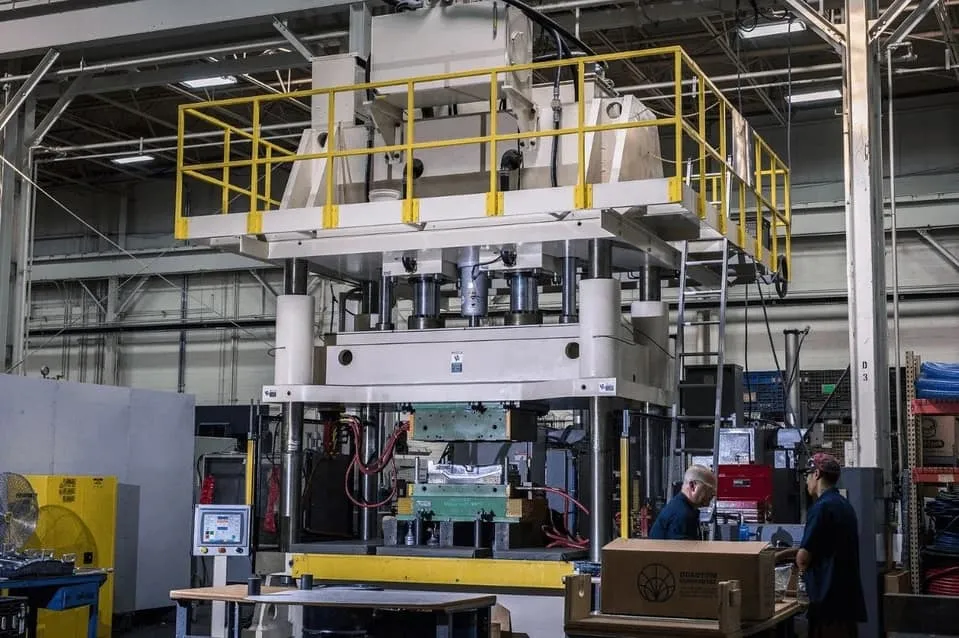
First-shot samples undergo rigorous validation. Mechanical testing includes tensile strength (ASTM D412), tear resistance (ASTM D624), and compression set (ASTM D395). For electrically conductive silicones, volume resistivity is measured per ASTM D991. A medical client required silicone stoppers resistant to gamma radiation; we formulated a platinum-cured compound maintaining elasticity after 50 kGy exposure.
Dimensional audits use optical comparators and laser scanners, comparing against CAD models with ±0.05mm tolerances. Functional tests replicate real-world conditions—a silicone O-ring for deep-sea equipment endured 7-day salt spray testing and 5000 compression cycles at 1500 psi. Only upon passing all checkpoints do we proceed to mass production.
Stage 5: Full-Scale Production & Process Control
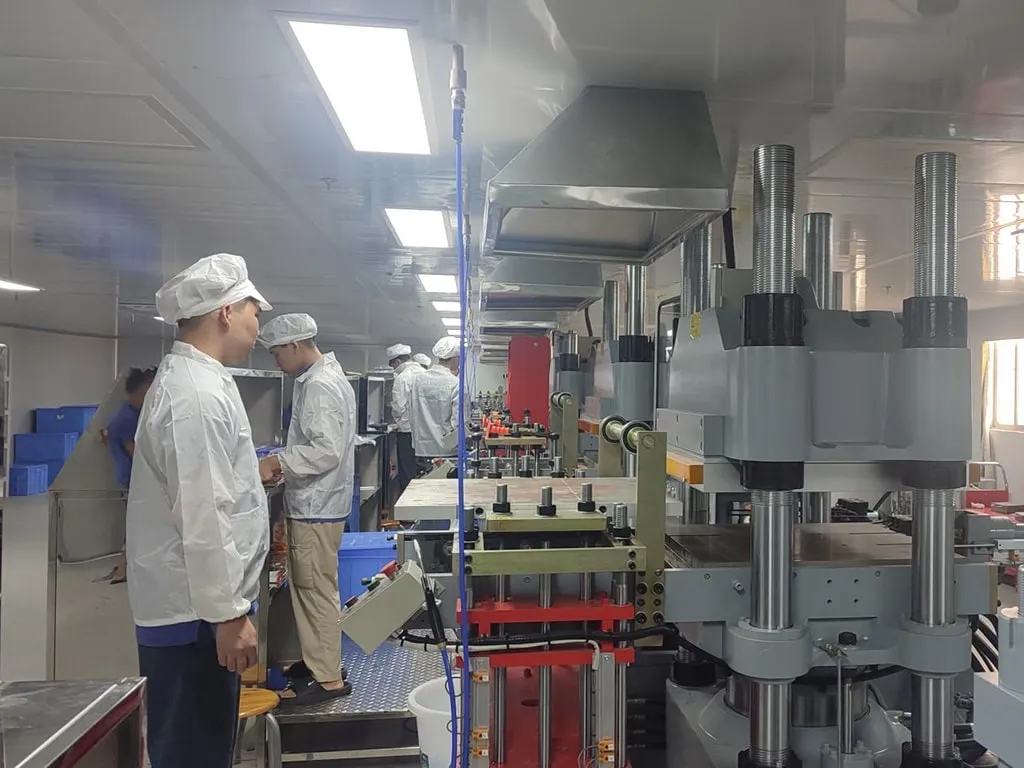
Our cleanroom injection molding lines operate under strict ISO 14644-1 Class 8 standards. LSR is injected at 20–50 MPa pressure, with barrel temperatures precisely controlled between 20–40°C to prevent premature curing. Real-time process monitoring via IoT sensors tracks critical parameters: cavity pressure (±1.5%), temperature gradients (±2°C), and cure time (±0.5s).
For multi-material components like silicone-over-TPE grips, we employ two-shot molding with rotational index plates. Post-curing in convection ovens at 200°C for 4 hours enhances cross-linking density, achieving optimal mechanical properties. Automated vision systems inspect 100% of outputs for flash, voids, or discoloration, with statistical process control (SPC) maintaining CpK ≥1.67.
Stage 6: Comprehensive Quality Assurance
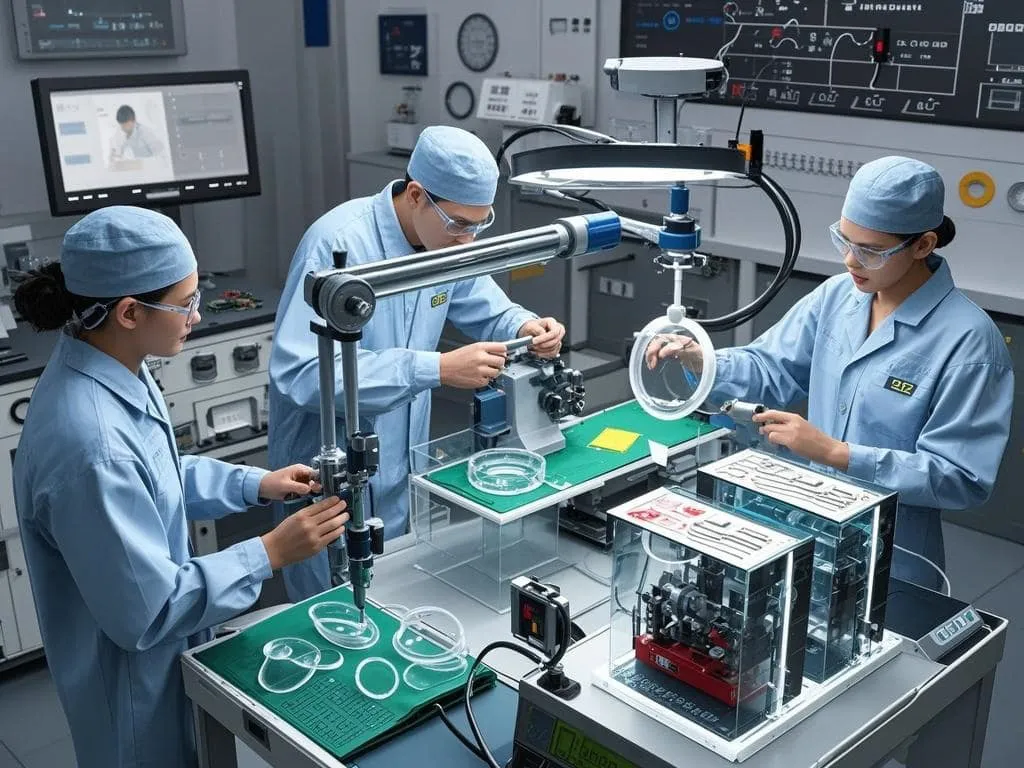
Beyond standard ISO 9001 protocols, we implement failure mode effects analysis (FMEA) for risk mitigation. Lot traceability is ensured through UV-lasered QR codes containing material batch numbers, machine IDs, and operator details. For biocompatibility certification, third-party labs conduct cytotoxicity (ISO 10993-5), sensitization (ISO 10993-10), and implantation tests.
A recent aerospace project required silicone gaskets with outgassing levels <1.0% TML and <0.1% CVCM per ASTM E595. Through optimized post-curing and vacuum degassing during compounding, we achieved 0.3% TML—surpassing NASA standards. All certificates of conformity (CoC) include material SDS, RoHS reports, and full test data packages.
Stage 7: Logistics & Custom Packaging

Understanding that packaging is the first physical touchpoint, we offer tailored solutions. Anti-static bags with desiccant are standard for electronic components. Sterile barrier systems using Tyvek®/PET foils meet ISO 11607 for medical devices. For retail products, our in-house graphic team designs blister packs or clamshells that enhance shelf appeal while protecting against UV degradation.
Global logistics partnerships ensure compliance with regional regulations—child-resistant packaging for CPSC compliance in the US, REACH documentation for EU imports. Real-time shipment tracking and bonded warehouse options streamline just-in-time delivery for automotive supply chains.
Stage 8: After-Sales Support & Continuous Improvement
Our relationship extends beyond delivery. A dedicated portal provides 24/7 access to mold maintenance records, material certifications, and re-order options. For products with cyclic loads like silicone springs, we offer lifetime fatigue testing—recording performance data to inform future design upgrades.
